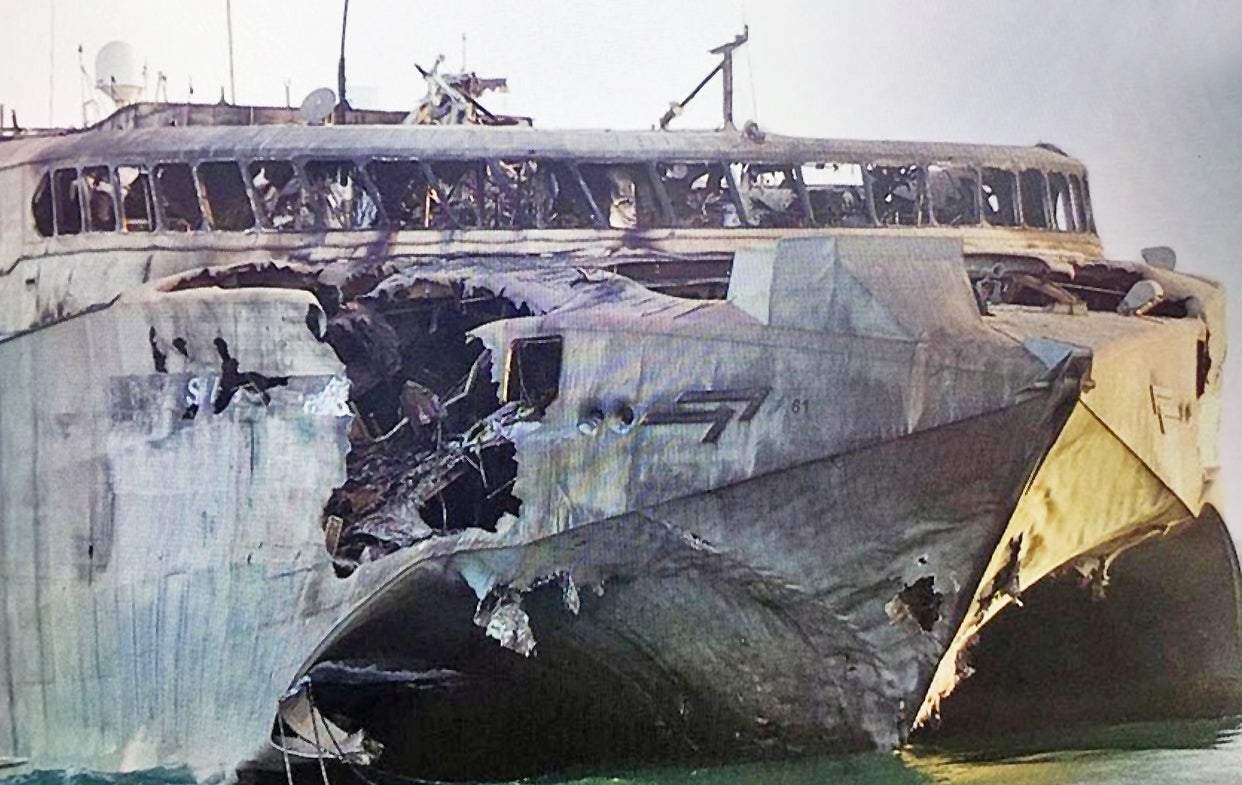As we noted previously, details surrounding the attack on the UAE-operated logistics ship Swift remain very fuzzy. Most news outlets reported the ship was sunk. Contrary to those reports, it appears the ship–or what was left of it–was being towed to Eritrea for examination. It looks as if it has arrived there, and the pictures are not pretty.
As you can see, the vessel is badly damaged. Fires have burned off much of its forward upper structure. A large fissure in the bow appears to show where the weapon struck. If this is accurate, the height of its impact above the waterline was likely what kept the ship from sinking into the abyss. While the ship stayed afloat, major parts of the ship’s structure not directly affected by the blast were probably warped due to the heat from the resulting fire.
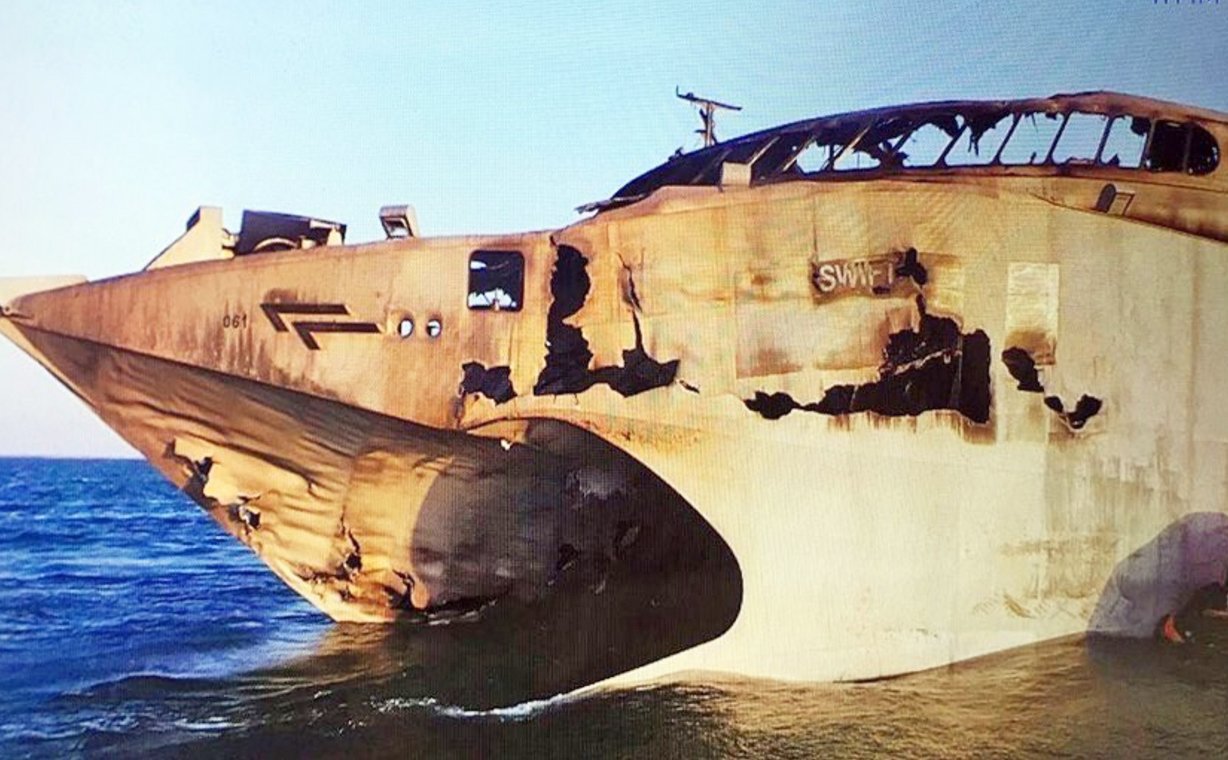
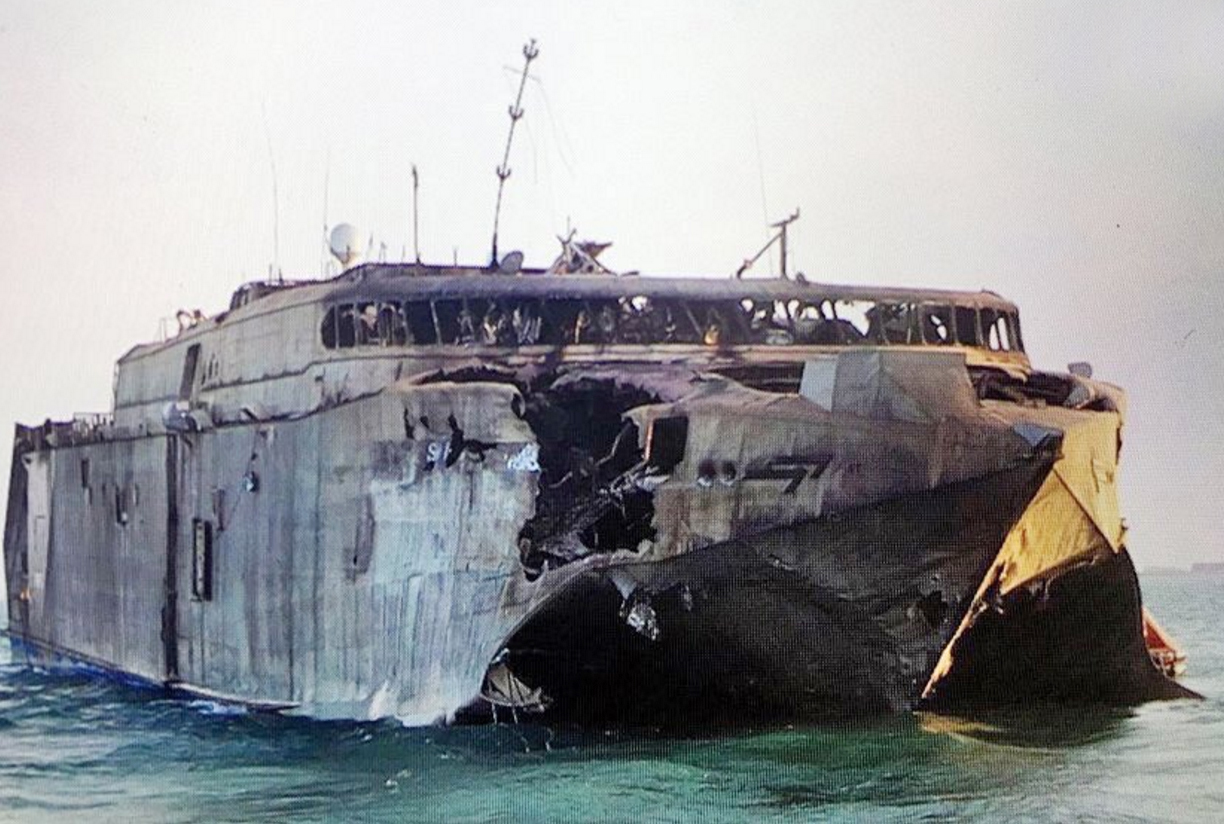
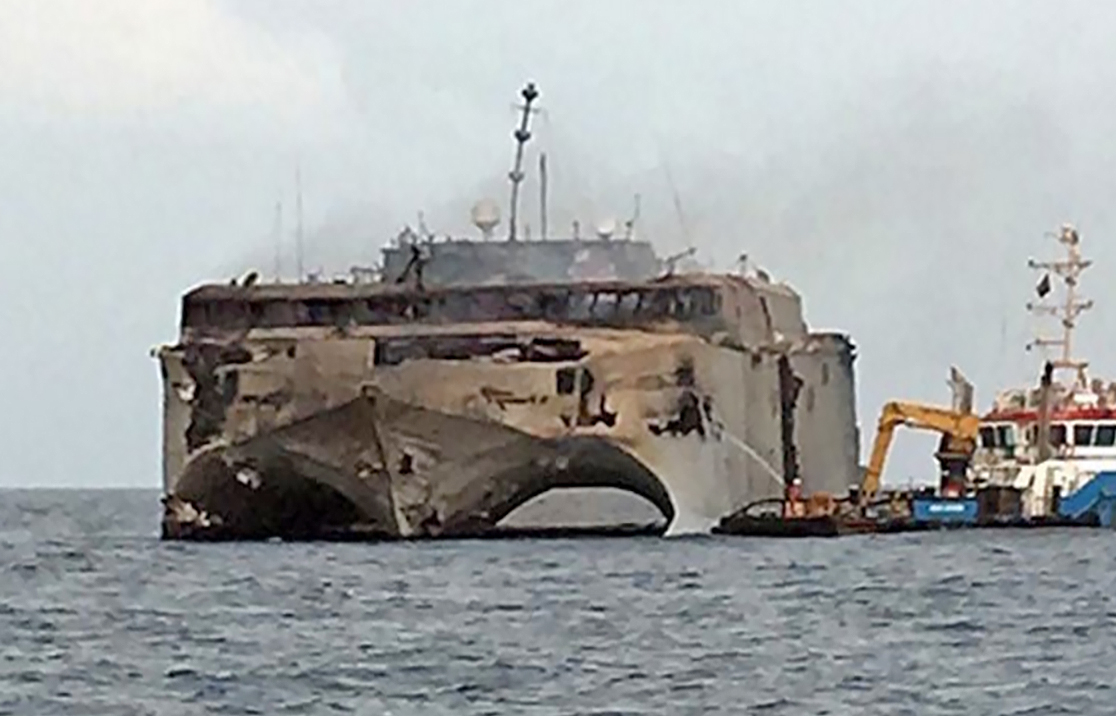
The UAE has released some new details about the incident. They claim the ship had been operating in and out of Aden for a year on a humanitarian mission. This claim, that military materiel and personnel were not moved by the ship, remains uncorroborated. In fact, the UN has a different take on the ship’s mission:

The official position from the UAE government, as quoted by UAE news agency WAM, states:
”In more than a year of operating routine journeys to Aden, the civilian ship has carried thousands of tonnes of humanitarian assistance and more than 1,000 wounded people, along with their companions, in addition to large equipment for the electricity, water and healthcare sectors which had significantly eased the suffering of the residents of Aden through the restoration of the infrastructure in these vital sectors.”
The UAE government also has detailed the crew size and makeup for the ship at the time of the attack. 24 civilians of six nationalities manned the vessel. These included ten Indians, seven Ukranians, four Egyptians, one Jordanian, one Filipino, and one Lithuanian. No official manifest of passengers onboard, or details as to exactly how many were injured, killed, rescued or lost, has been made publically available.
As for Swift’s future? Judging by these pictures the ship will likely be scrapped. Swift and her sister ships are made mainly out of aluminum. The metal has its advantages, but it’s known to burn far more ferociously than steel. If anything else, the loss of Swift should be a lesson to Navies around the world that are operating surface combatants made out of similar materials.
The US Navy in particular should take heed of the incident: Its aluminum Littoral Combat Ships have reduced crew sizes compared to their traditional frigate predecessors, affecting the crew’s ability to fight fires and deal with battle damage. This attack indicates some of America’s most modern warships could suffer from similar effects after a successful attack. Traditional frigates made mainly out of steel have been known to be able to take similar hits with less catastrophic results.
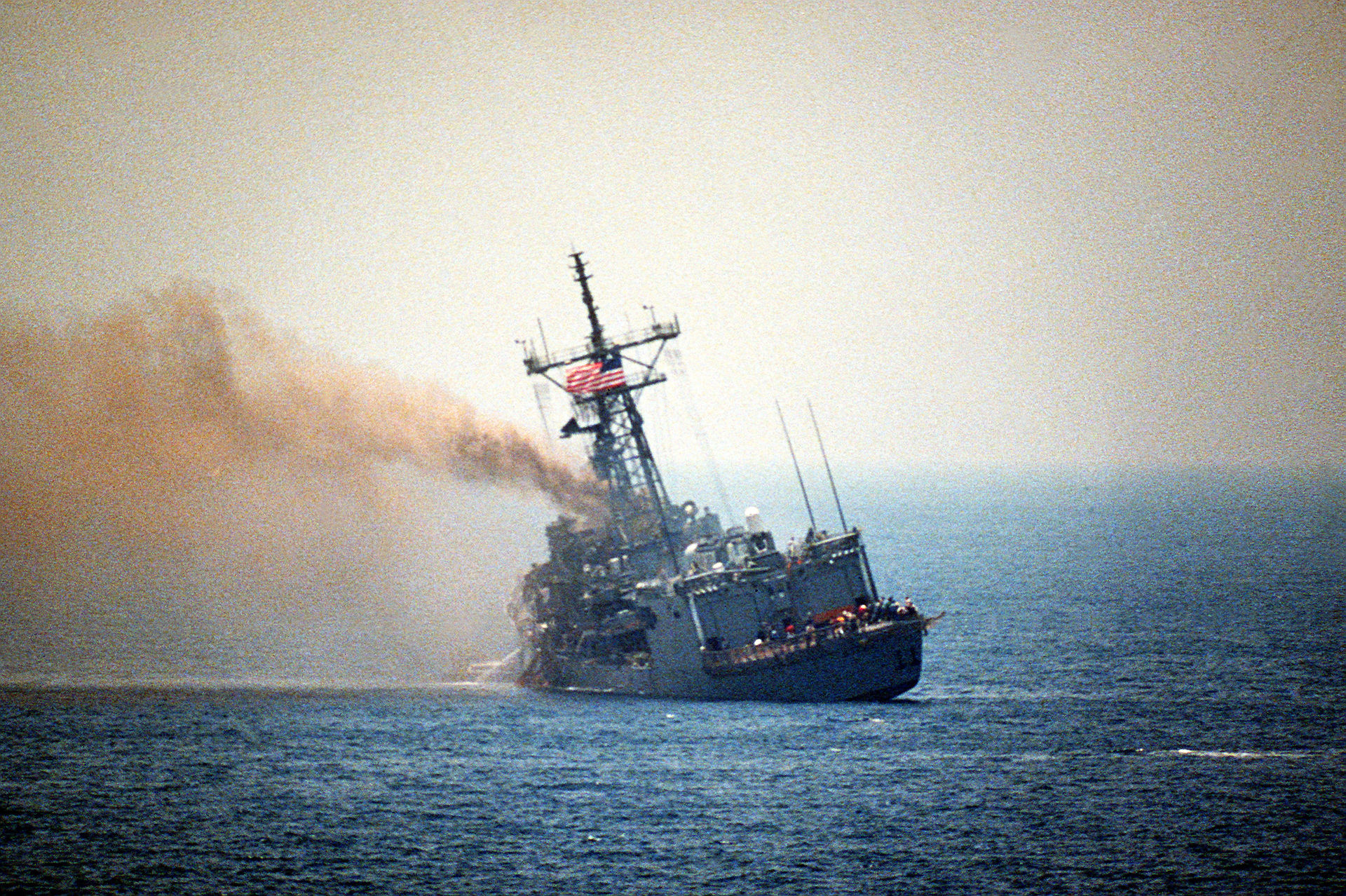
Seeing as Swift, while in service with the US Navy, helped pave the way for the Littoral Combat Ships, it’s only fitting that its final voyage has the potential to affect the LCS program in a meaningful way. That is, if the Navy has the political will to investigate the incident and act on the conclusions drawn from it–even if those conclustions don’t support further production of a major weapons system.
Contact the author Tyler@thedrive.com
